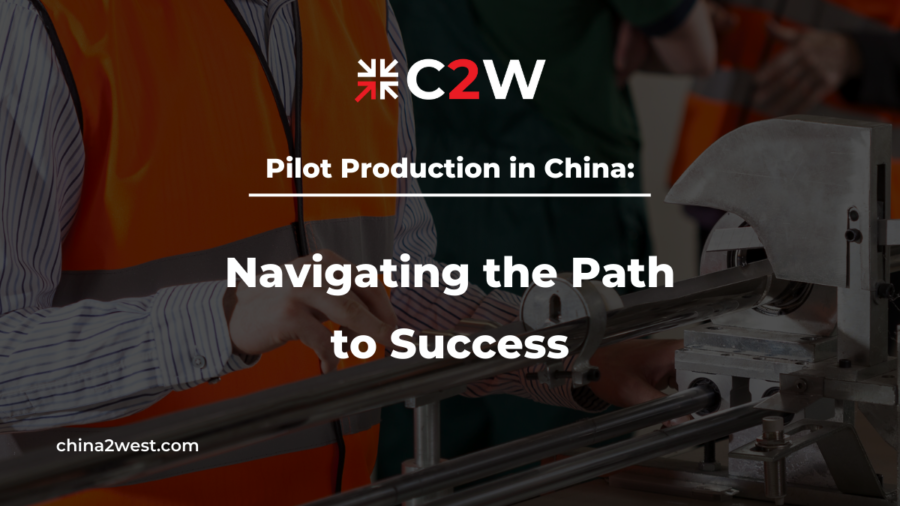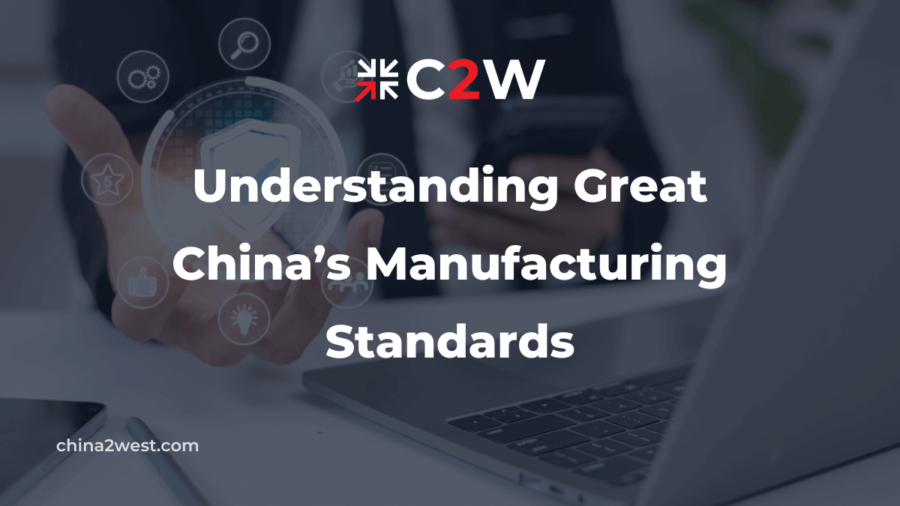In the fast-paced and ever-evolving landscape of manufacturing, China has emerged as a global powerhouse, setting the stage for businesses to unlock unparalleled growth opportunities. As companies explore the potential of tapping into the vast Chinese market or leveraging its manufacturing prowess, pilot production stands as a crucial gateway to success.
In this article, we will explore the significance of pilot production in China, its benefits, challenges, and key factors to consider for successful pilot production endeavors, offering valuable insights and practical guidance for businesses seeking to navigate the path to triumph.
What is Pilot Production?
Pilot production, also known as small-scale production or pre-production, is an initial phase of manufacturing a product on a smaller scale before full-scale production begins.
During Pilot Production, manufacturers create a small batch of products, usually between 10 and 100 units, to test the production process and quality of the product. This stage serves as a trial run and allows manufacturers to identify any issues that may arise before they move on to full-scale production.
Pilot Production is one of the most effective ways to minimize risks and reduce costs. By identifying issues early on, manufacturers can make the necessary adjustments to their production process to improve efficiency and quality. This ensures that the final product meets the desired quality standards, which ultimately leads to customer satisfaction.
Benefits of Pilot Production
Risk Mitigation
Pilot production helps identify potential issues, bottlenecks, and risks in the manufacturing process before scaling up to full production. Addressing these concerns early on reduces the chances of costly errors and product defects later.
Process Optimization
During pilot production, manufacturers can fine-tune and optimize the production process. This leads to increased efficiency, reduced waste, and improved productivity when transitioning to full-scale production.
Quality Assurance
By producing a limited quantity of units, companies can thoroughly test and assess the product’s quality. This ensures that the final product meets or exceeds the required standards and customer expectations.
Cost Efficiency
Pilot production allows businesses to analyze the actual production costs, including material expenses, labor, and equipment. This analysis enables them to identify cost-saving opportunities and make adjustments before large-scale production, potentially resulting in significant cost savings.
Supply Chain Evaluation
Piloting the production process helps assess the reliability and efficiency of the supply chain. Identifying any issues with suppliers or logistics allows businesses to find alternative sources or improve existing relationships.
Feedback Collection
During pilot production, companies can gather feedback from the production team, engineers, and other stakeholders. Additionally, they can use customer feedback to understand how the product performs and how it is received in the market. This feedback is valuable for making necessary improvements or refinements to the product.
Regulatory Compliance
Pilot production provides an opportunity to ensure that the product meets all relevant regulatory and safety standards. This is crucial before launching the product on a larger scale to avoid potential legal or compliance issues.
Reduced Time-to-Market
By resolving issues during the pilot phase, companies can reduce the time it takes to bring the product to market. This can be a crucial competitive advantage, especially in fast-paced industries.
Learning Experience
The pilot production phase serves as a learning experience for the manufacturing team. It helps them gain valuable insights and expertise in handling the production process, which contributes to smoother operations during full-scale manufacturing.
Steps in the Pilot Production Process
The pilot production process consists of several important steps that are crucial in ensuring the success of manufacturing a product. These steps involve meticulous planning, coordination, and execution to ensure that the product is produced consistently and meets the desired quality standards.
The first step is to establish clear objectives and goals for the pilot production phase. This includes defining the target production volume, setting quality control measures, and determining the timeline for the pilot production.
Next, the production team must identify the equipment and resources required for manufacturing a product in the pilot production phase. This involves assessing the production capacity, identifying any necessary upgrades or modifications to existing equipment, and procuring any additional machinery or materials needed.
Once the necessary resources are in place, the manufacturing processes can begin. This step involves setting up the production line, training the production team on the specific processes and procedures, and conducting trial runs to test the feasibility and efficiency of the manufacturing methods.
Throughout the pilot production phase, close monitoring and analysis of the production processes are essential. This includes regular inspections of the production line, conducting quality control checks to ensure product consistency, and collecting data on any issues or challenges that arise.
Finally, the pilot production phase concludes with a thorough evaluation of the results and lessons learned. This includes assessing the product quality, analyzing the production costs, and identifying any improvements or adjustments that need to be made before moving on to full-scale production.
Get Ready to Ride the Pilot Production Wave with Manufacturing in China
Pilot production in China presents a compelling opportunity for companies looking to innovate, refine, and launch new products with cost-effectiveness and efficiency. By leveraging China’s manufacturing expertise, diverse industries, and advanced technologies, businesses can streamline their product development process and gain a competitive edge in the global market. However, it is crucial to address challenges proactively through effective communication, IP protection, and quality control measures. As China continues to strengthen its position as a global manufacturing hub, pilot production in the country will remain a pivotal step for companies seeking long-term success and market leadership.
We provide the resources you need for pilot production success and minimize your time spent and investment. Save time and energy by utilizing our tailor-made solutions that create stunning and high-quality prototypes in no time! Take the plunge and get to know more about our best and most cost-effective manufacturing services in China. Contact us today.


